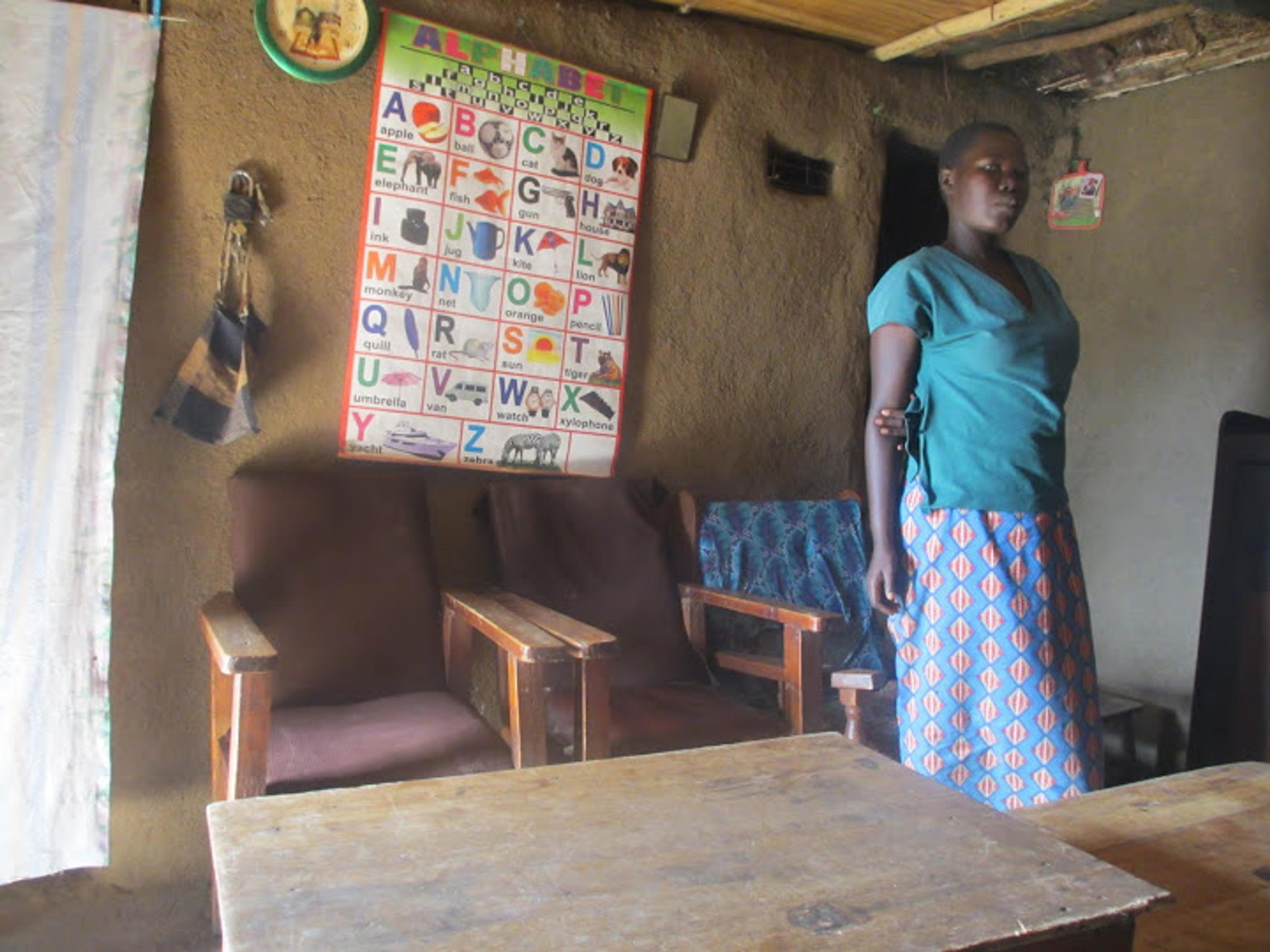
Interested in how we can improve education in the world? Giving What We Can has been looking into more opportunities to make a difference in this area and have found some intriguing conclusions. Thanks to research from Anna Maarova, Giving What We Can recently updated its page on education interventions. Here's all about what changed and why.
What Changed?
Giving What We Can has considered a broader range of interventions and has made significant use of the latest research from the Abdul Latif Jameel Poverty Action Lab (J-PAL), an organization centered at the Economics Department at the Massachusetts Institute of Technology. J-PAL does randomized controlled trials to test interventions to helping with extreme poverty and they have a lot of academic credibility in economic development.
We looked specifically for organizations that were using J-PAL’s recommended approaches which are shown on our page about education. However, our search only turned up one organization, Pratham, which we already were aware of. GiveWell examined Pratham back in March 2012 and concluded they were a promising organization, but ultimately not as promising as the Against Malaria Foundation or their other recommendations. That being said, Pratham looks like the best bet for someone who wants to focus specifically on developing world education. They are responding to evidence about the best ways of improving education in a very poor country, and collecting data on what is working for them.
Our new page now offers a more balanced appraisal of the potential benefits and costs of various interventions in education, and the benefits of higher education, where perhaps previously we focused too much on papers that were more pessimistic than the literature on the topic.
Why We Don’t Recommend Education Interventions
However, we still believe that interventions in health are more promising than interventions in education. The reasons are:
- health interventions are usually cheaper
- they have a stronger base of evidence that points toward major impact
- health interventions are easier to scale with a predictable impact
- health projects get more reliable feedback, and so have have been able to improve delivery over time
- there are few education charities that seem to operate as effectively as health organizations like AMF.
This is generally believed to be the case not only by us, but also by experts in economic development.
More importantly, the evidence suggests that interventions in children’s health may be even better at improving education than investment directly in education. Donald Bundy, writing for the World Bank, states that “deworming has proven to be one of the most cost-effective interventions to get children into school”. Nicholas D. Kristof wrote a column for the New York Times called “Getting Smart on Aid”, where he cites research in economics, saying that “the cost of keeping a kid in school for an additional year by building schools or by subsidizing school uniforms is more than $100, while by deworming kids, the cost drops to $3.50.”
Why might this counter-intuitive fact be true? It’s because poor health is a key reason that many children aren’t able to go to school, or don’t develop physically or mentally to their full potential. Helping them become healthier removes a significant barrier to attending and benefiting from school.
Nonetheless, there are various scenarios in which we might see ourselves recommending education projects in the future:
- evidence supporting low-cost services such as online education
- the best value global health problems lack room for more funding
- the arrival of stronger evidence on what works well in education, or a charity as streamlined as AMF.
Image Credit: GiveWell's Site Visit with GiveDirectly. Used with permission.